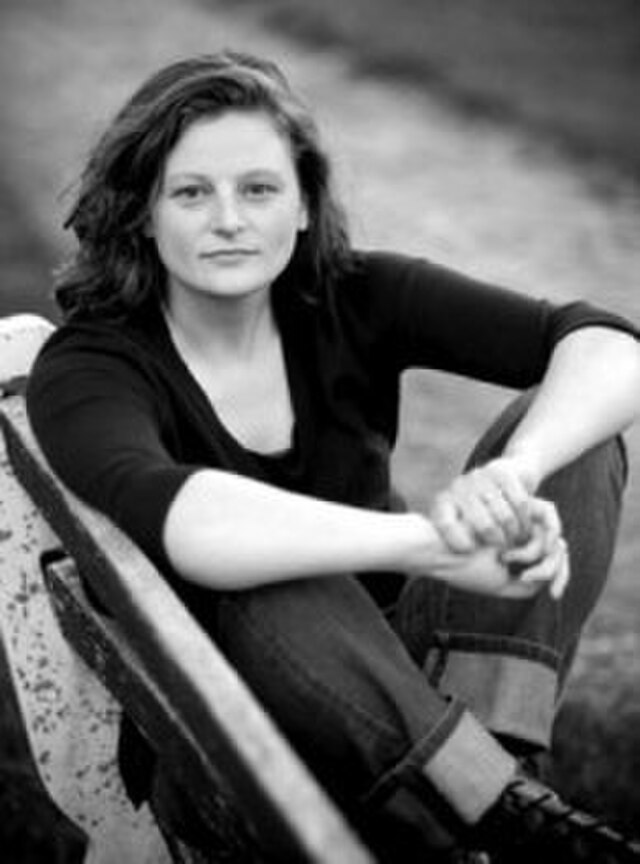Editor’s Note: This article is a review and includes subjective thoughts, opinions and critiques.
Jessica Anthony’s “The Most” (2024) is a 1957 domestic drama that reads like a 2025 group chat: lots of polite exclamation points, even more swallowed resentment and one woman who decides she’s done performing and doing “what good people do.” The premise is deceptively tiny: on a freak-warm Sunday in Newark, Delaware, Kathleen Beckett skips church and slips into the apartment complex pool and won’t come out. That’s it. That’s the plot. And it’s thrilling. Critics have called this slim novel (one-sitting, eight hours in-book time) a portrait of a marriage at its breaking point and a sharply observed slice of its era; they’re right on both counts.
But it’s also a manual for modern femininity disguised as a mid-century dress pattern: if the world hands you a script, revise the stage directions and refuse to leave the water.
Kathleen’s world is built from rituals so small you barely notice you’re agreeing to them until your life is entirely made of them. “It was the little things, she knew by now, the small repetitions, that made a life” (p. 15). The novel’s feminist heat comes from how clearly it names those repetitions — church, dinner, deference — and then has the audacity to interrupt them.
“It was Virgil’s idea to bring the family to church each week. It’s what people did” (p. 22). People did; Kathleen didn’t. Modern femininity, Anthony suggests, isn’t always a roar. Sometimes it’s the soft click of a boundary being set and held.
Kathleen’s choice of husband was also, notably, an interesting one. “She made the decision that if she ever got married . . . it would only be to someone who hated conflict as much as she did” (p. 32). Enter Virgil, whose primary gift is friction reduction. “In the end, Kathleen always arrived at the same conclusion: she married Virgil Beckett because he was easy” (p. 52).
If this sounds like self-betrayal, the book refuses to wag its finger. “Easy” isn’t condemned; it’s examined. What looks like comfort at 23 can calcify into erasure at 33, and the novel shows how that happens in real time — over a single day — without cartoon villains. (As the Chicago Review of Books points out, the omniscient narration lets us see the blind spots of both spouses; nobody’s evil, but inertia can be.)
About that pool. Kathleen’s insistence on staying put is not dramatic theater, it’s administrative feminism: paperwork for the self. “Kathleen’s reason for being in the pool wasn’t anyone’s business but his own” (p. 43). The pronoun glitch is the point — the language of her world doesn’t quite fit her interiority. In 1957, that sentence scans as defiance. Now in 2025, it lands like a group-texted “Don’t call, I’m not coming.” Same energy as skipping the family FaceTime, turning off location sharing or telling Slack you’re “OOO” and meaning it. The method is small, the meaning is not.
Anthony knits the domestic plot to a second theme: tennis. The title refers to a move Kathleen learned from her Czech coach, Billy Blasko — most means “bridge.” You draw your opponent forward, lull them to the net then hit the ball where they cannot follow. The pool day is that shot. She brings Virgil into confrontation territory he’d rather avoid, then aims the conversation somewhere new, toward the actual terms of their life, not the performance of it.
The book is also painfully honest about the stories women tell themselves to survive a boxed-in life. Kathleen’s past as a near-elite tennis player hums under her marriage like a fluorescent light. She turns down the scout Randy Roman “not because she loved Virgil Beckett more than tennis but because she hated losing” (p. 74). The line is devastating because it rings true in 1957 and 2025: how often do women recast ambition as aversion to avoid being punished for wanting? Likewise, the ghost of Billy Blasko: “She knew that if she saw him in person, he would ask her to marry him, and she did not want him to ask. She was afraid she might say yes” (p. 52). That’s not indecision; it’s fluency in the social costs of “no.”
Virgil, for his part, isn’t a monster. He’s a stellar avatar for the patriarchy’s middle manager: decent, dutiful and absolutely committed to the policy manual. He’s the one who suggests church because it’s what people did. He’s the guy who will do the dishes without noticing the water’s been draining from his wife for years. For a contemporary parallel: he’s the partner who is “so supportive” but keeps scheduling your life into his calendar invites. The novel doesn’t cancel him; it forces him to learn a new game.
So where does modern femininity enter? Everywhere. In 1957, Kathleen’s refusal is radical because it’s private. Today, our refusals are public and branded — social posts about boundaries, calendar blocks labeled “therapy,” newsletters about “saying no.” Both are bridges: invitations that pull the other player forward and then send the ball somewhere they didn’t expect.
By the end, “The Most” doesn’t throw a martini in anyone’s face. It does something braver. It lets a woman stay in the water long enough that the men on the deck have to decide who they are without her compliance. It’s funny in a dry, mid-century way; it’s serious in a way that makes your throat tight. Mostly, it feels current: an argument for quiet tactics in loud times, for the feminist power of staying put until the conversation changes.

